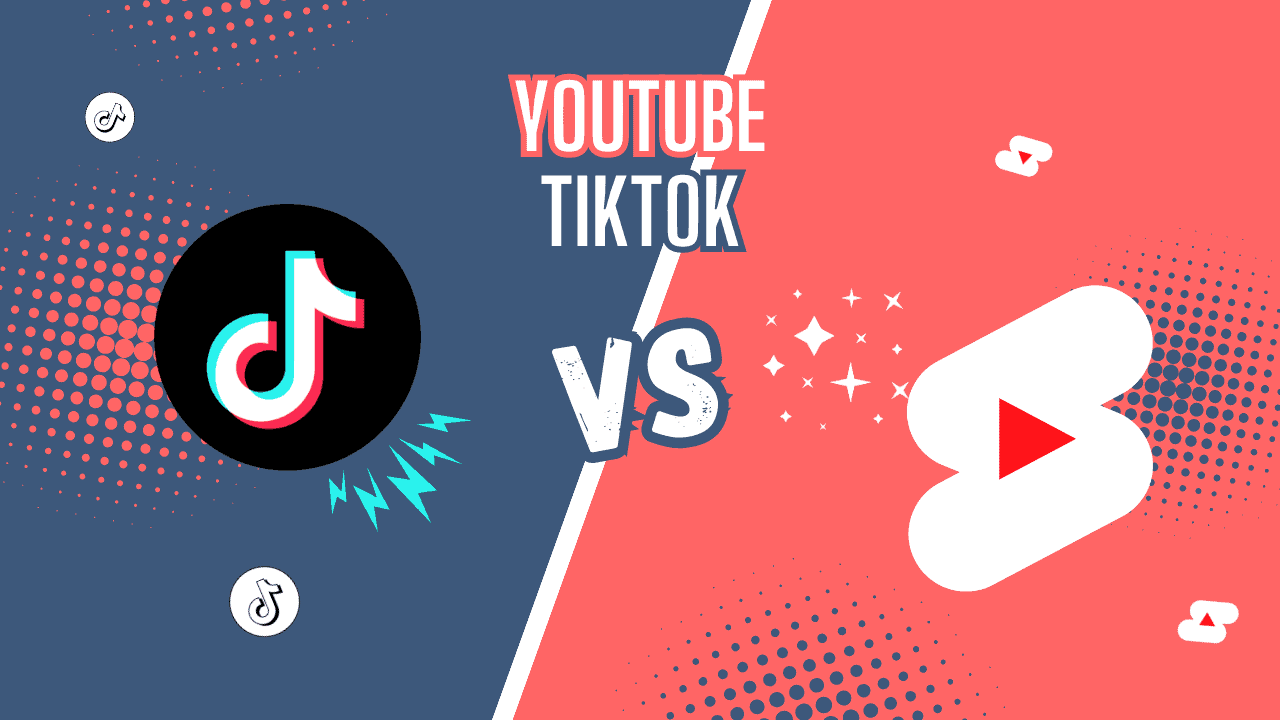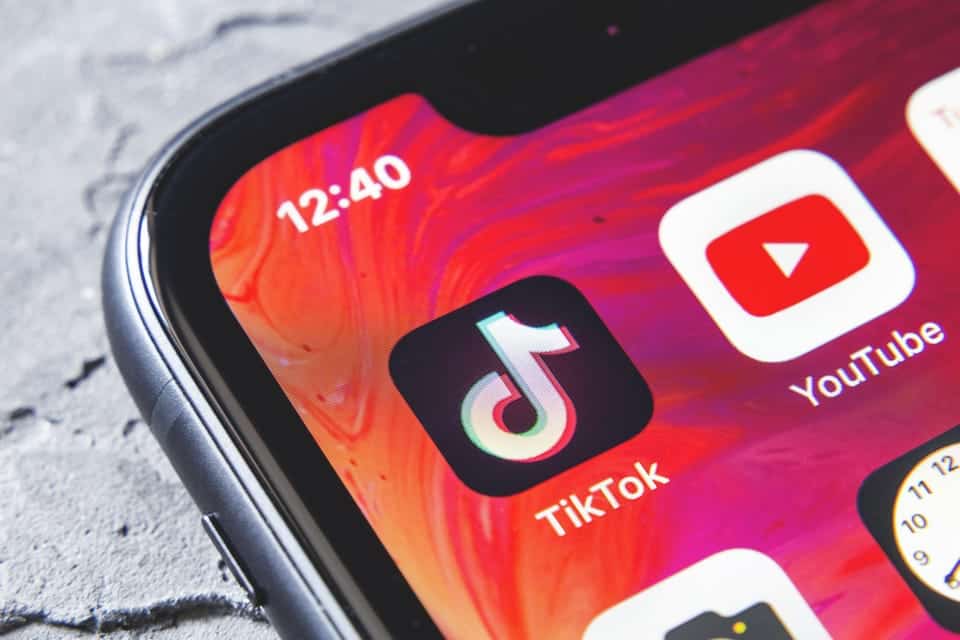Creating videos for brand promotion is undoubtedly the most effective way to engage a broader audience. Currently, YouTube ranks as the second most visited platform on the Internet, while TikTok holds the fifth position. However, while both platforms facilitate the creation of visual content, the question arises: YouTube vs TikTok, is one better than the other for you or your brand? Continue reading to make an informed choice for your specific requirements.
What Is YouTube?
YouTube is a social media platform owned by Google, launched in 2005 and boasts over 2 billion monthly users.
Businesses and content creators leverage this platform to upload and share videos globally.
YouTube stands out as a diverse content hub, offering educational videos, news, entertainment, how-to guides, and more. Its sustained growth is attributed to broad appeal, user-friendly navigation, extensive content, and diverse offerings.
The platform’s key statistics affirm its thriving status:
- In 2021, YouTube generated $28.8 billion in revenue.
- Over 2.5 billion people view YouTube content monthly.
- YouTube Premium gained 50 million subscribers in 2021.
- Since 2020, channels with over a billion views have significantly increased, indicating a rise in creators monetizing their content.
Renowned figures like Liza Koshy, Jake and Logan Paul, H3H3, and others kick-started their careers on YouTube, transforming their channels into million-dollar enterprises through gaming, vlogging, acting, and singing.
What Is TikTok?
TikTok, launched in 2017 by ByteDance, was initially known as Musical.ly, focusing primarily on lip-syncing content.
Over the years, TikTok evolved, offering users a diverse range of sound effects, songs, and video-sharing features.
It serves as a platform for creating music, comedy skits, dance videos, fashion content, tutorials, storytimes, and more.
Similar to YouTube, TikTok facilitates brand showcasing and broad audience engagement. Its growth stems from customizable options, diverse content volume, and seamless audience interaction.
TikTok boasts impressive statistics:
- In 2020, TikTok generated $500 million in revenue in the US.
- Over 1 billion users engage with TikTok monthly.
- Globally, the app has surpassed 3 billion downloads.
Just like YouTube, TikTok has propelled numerous creators to stardom, with Mr. Beast notably achieving the fastest-growing account, gaining a remarkable 36 million followers in 2022.
YouTube Vs TikTok: Key Features Compared
Both platforms offer excellent opportunities for content creators and brands. While having both YouTube and TikTok accounts can attract viewers, it’s advisable to focus on one as your main platform initially. Understanding the similarities and differences between YouTube and TikTok can guide your choice.
Video Length
YouTube allows for longer, more in-depth content, with unverified users having a 15-minute limit and verified accounts having up to 2 hours. In contrast, TikTok supports short videos, with a maximum duration of 3 minutes.
Users
YouTube boasts over 2 billion monthly users, surpassing TikTok’s 1 billion user base.
Type of Content
TikTok leans towards witty and trendy content, including funny videos, challenges, and pranks. YouTube, on the other hand, accommodates a diverse range of serious and casual content.
Ads
YouTube for business offers various ad formats, including display ads, video discovery ads, bumper and masthead ads, and skippable or non-skippable in-stream ads. TikTok for business provides in-feed ads, top-view ads, branded takeovers, hashtags, and effects.
Direct Messaging TikTok offers direct messaging for creators to connect, share content, and receive real-time feedback. YouTube does not have a direct messaging option.
Key Demographic
YouTube caters to a more diverse audience, including Baby Boomers, older and younger Millennials, and older Gen Zs. TikTok is more suited for younger audiences, primarily younger Millennials and Gen Zs.
Monetization
YouTube content creators earn through shared ad revenue. TikTok creators have multiple monetization options, considering audience engagement, authenticity, and video views.
YouTube Vs TikTok: Summary of the Key Features
Choosing the Right Platform
When deciding on a platform, weigh the pros and cons, comparing the main features of YouTube and TikTok. Your final choice will likely depend on your key demographic and monetization preferences, making it a good starting point. The key message is that both YouTube and TikTok provide abundant possibilities and unquestionably enhance your visibility!




